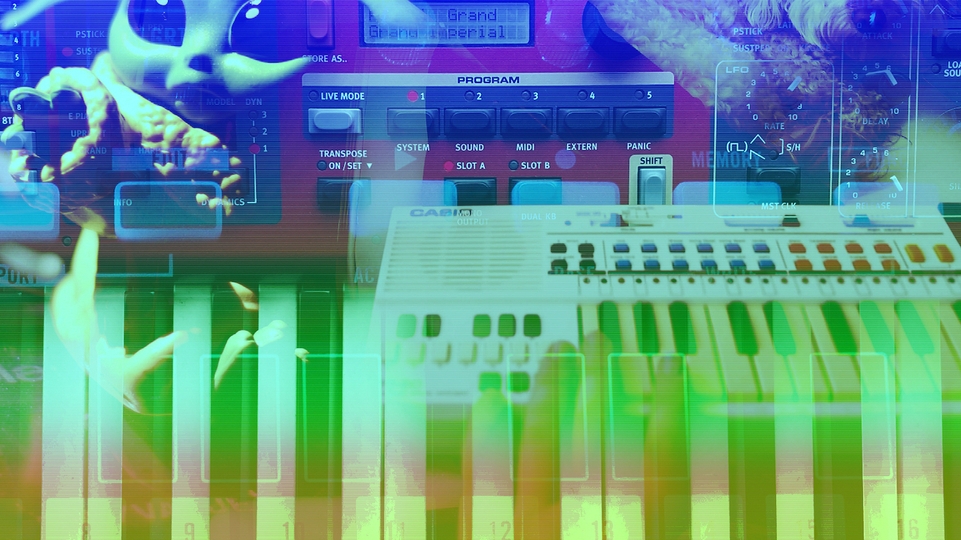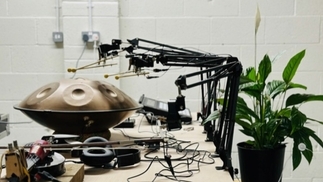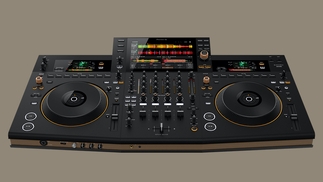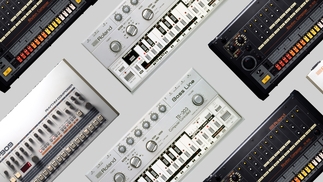Beginner’s Guide: MIDI vs Audio

You've probably seen the word MIDI all over your DAW – in her latest Beginner's Guide column Emma Davies aka E.M.M.A. explores what it is, how it works and how to use it
When having a click around your DAW one of the first things you’ll see is references to ‘audio’ and ‘MIDI’ in relation to the different sounds you generate. Whereas audio IS sound, a ‘MIDI signal’ contains no sound. Let’s clear up what’s going on. MIDI rose to prominence in the 1980s alongside such things as the camcorder, Microsoft Windows, and The Chippendales. Makers of music equipment and virtual instruments decided they needed a universal language to allow each device to talk to each other. “I think what MIDI lacks in pectoral muscles and baby oil, it makes up for in its eternal search for the groove,” says MIDI historian, podcaster and sound designer midierror.
Whether you are interested in a pure software set-up or are looking to integrate hardware into your workflow, MIDI will crop up – usually looking like a little series of Tetris blocks of varying lengths in your piano roll. MIDI stores the information used to inform the sound generated from your hardware synth or plugin. Which note did you press? How long should it be held? How hard did you press the key: Is this a quiet sound?
A MIDI signal doesn’t have to come from a key – it can be a pad, a fader, a knob. When you connect a MIDI controller to your computer it becomes any instrument you choose. All you have to do is tell it what to control. From my experience, the easiest DAW to set this up is Ableton. ‘MIDI Map’ assigns all the knobs or faders to effects parameters in the DAW, easily allowing you to add a human touch. They also have helpful online content. MIDI offers a lot of flexibility. You can delete bits and make sure the note is exactly on the beat (called quantising) with the click of a mouse. A violin can change to a piano. There are also tools such as arpeggiators and chord generators which are fun too.
"A MIDI signal doesn’t have to come from a key – it can be a pad, a fader, a knob"
Using MIDI is a great way to start building your songs. A few notes of your top-line melody can become a bassline just by duplicating them and pitching them down. There are lots of copyright-free MIDI files online that you can import into your DAW and play with. “MIDI file sizes are so small, you can get every element of a full track perfectly timed, sequenced and synthesised in the size of a text file” says midierror. “You can find all types of tracks, the era of MIDI ringtones was a catalyst for this!”
When you have loads of plugins open, you can often encounter playback issues as they eat CPU. Once you are happy with your MIDI-generated creations, consider turning them into audio files (known as printing to audio) for the mix process. If you ever work on a long project, this becomes a necessity. You can then deactivate MIDI tracks to free up memory.
Setting up hardware to talk to your DAW
I bought a KORG minilogue with no previous hardware experience. USB MIDI? Sounds easy *adds to basket*. What came to my attention almost immediately was, as MIDI cables do not carry audio, you need an audio cable too (Hello Maplins). Secondly, you’ll need to assign it to a particular MIDI channel. There are 16 in total. This allows you to set up multiple synchronised MIDI instruments via a MIDI interface through one cable. “MIDI is like sending something in the mail, it needs to be the right thing addressed to the right place” says midierror.
Some synthesisers have onboard sequencers, as some people prefer to use this to add a particular feel to their music and store sequences for a live show. The settings for this need to be tweaked accordingly to give the synth’s onboard MIDI clock authority over the DAW.

![Screenshot of [untitled] app interface](/sites/default/files/styles/djm_23_323x182_jpg/public/2023-09/untitled-app-music-new-1400x700.jpg?itok=pro0ZaB4)



